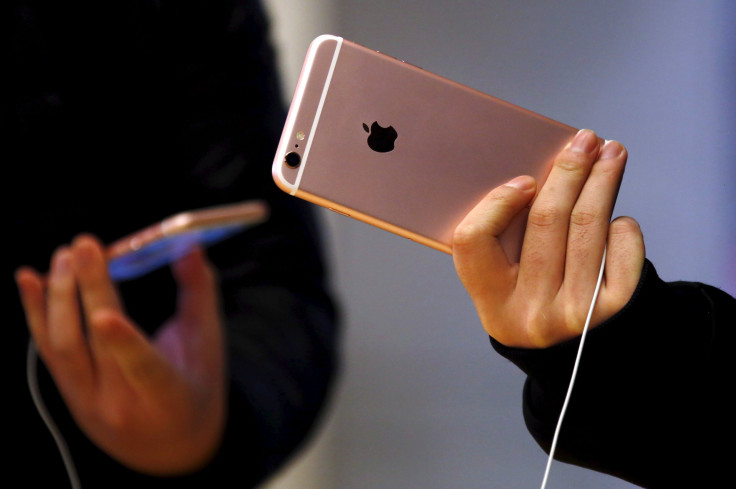iPhone 7 Waterproof Rumors: Apple Inc. Invents Port Covers That Can Self-Heal

The biggest problem in making a smartphone waterproof are the ports. Manufacturers typically add rubber flaps or gaskets to protect the openings people plug into on a daily basis for data, headphones and more. But a new invention from Apple suggests a future iPhone -- perhaps an iPhone 7 -- could come with covers that wouldn’t need to be removed, aiding in its efforts to better protect the smartphone from moisture.
An Apple Inc. patent application published by the U.S. Patent and Trademark Office Thursday, titled “Electronic Device With Hidden Connector,” details a gadget that comes with a layer of self-healing elastomer applied over one or more of its external connectors. This can be a number of ports such as the Lightning port, or the 3.5mm headphone jack. The elastomer cover would allow temporary penetration of a probe found on a cable. But after the cable is removed, the cover could then reform and "heal" itself.

While Apple uses a smartphone as an example for the use of the invention, it also notes that it could be used for a number of its devices such as Apple Watches, MacBooks, iMacs and Apple TV.
Officially, Apple doesn’t say its iPhone is waterproof or even water-resistant. But several tests have shown that in some situations its smartphone could survive a quick dip into the drink. A teardown from repair website iFixit has also revealed the addition of additional rubber gaskets in the iPhone 6S. Apple also has additional patents pointing to a process that protects the iPhone’s internals through the use of a hydrophobic coating and a method to eject water from speaker ports.

As with most of Apple’s patents and patent applications, it’s unknown if or when it plans to use it in one of its products. Apple first filed the patent application on June 9, 2014, and credits Apple engineers David Nazzaro, Ibuki Kamei and designer Tyler Bushnell for the invention.
© Copyright IBTimes 2025. All rights reserved.





















